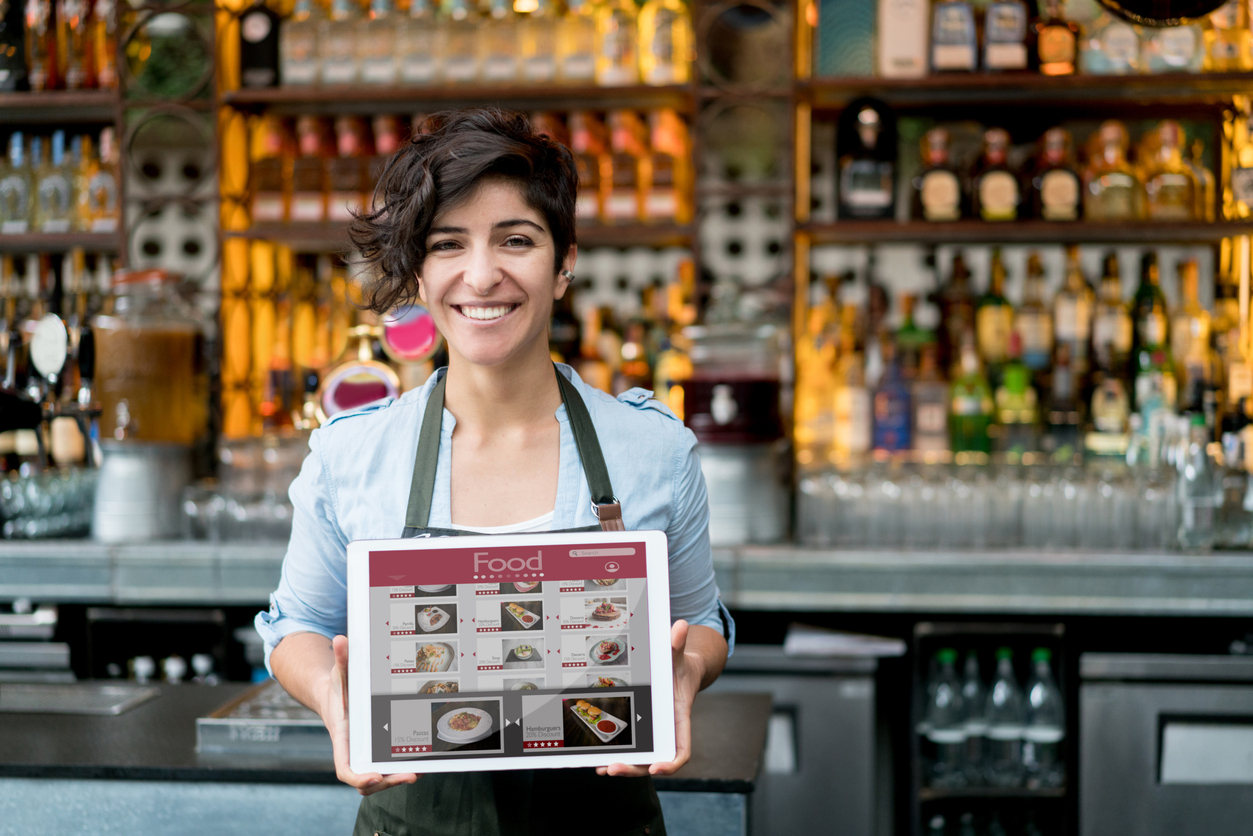



Restaurant owners are often experts in food, but the other aspect of business ownership may not come so naturally. This includes crafting a menu to optimize sales and engage customers. This task requires an entirely different skill set than cooking, but luckily, strategies such as menu engineering can make it simple for anybody. The goal of menu engineering is to attract customers to the most lucrative menu items and create a memorable dining experience from start to finish. If you're wondering how menu engineering helps generate profits, read on for more information.
One of the first steps in engineering a menu is to take an honest inventory of menu items and assess which items are plagued by subpar sales performance. To optimize a menu, these items should be eliminated - or at least re-strategized. Eliminating these items can generally be beneficial, though, because it helps to minimize food costs and creates more space for items that are likely to be more lucrative. For restaurant owners who would rather not eliminate these items, they can take them off the regular menu and re-introduce them intermittently as a limited-time special.
While eliminating poor-performing items, take the opportunity to assess the menu and identify the top performers, too. These aren't necessarily the most popular items, but instead, the most lucrative ones. Typically, these will be foods that have a low cost and high markup. Highlight these foods on the menu with visual emphasis, drawing diners' attention toward them. This can increase sales further and boost overall profits for the restaurant, making it a great investment. A restaurant insurance program is an even better investment - it can protect restaurant owners from liability.
Perhaps the most important element of menu engineering is the diner's ability to read its contents. Menus that have too much text, distracting graphics, and other ill-suited features are likely to backfire and minimize sales rather than maximizing them. The best menus are simple, straightforward, and easy to read. To achieve this, restaurant owners should focus on plain yet engaging descriptions of each food. Excessive adjectives and flowery language should be avoided at all cost.
Though graphics can be distracting when done poorly, they can be engaging when done well! The key to good graphic design is the same as the key to good menu descriptions: keep it simple. A complimentary graphic element can add a lot to a menu, and it can also help draw customers' attention towards the menu items you want to highlight. Restaurant owners can use images that reflect the theme of the restaurant to create a cohesive impression.
At RMS Hospitality Group, our expertly crafted policies are written specifically for the hospitality industry. We offer custom tailored solutions to meet any venue's specific needs. For more information, contact our knowledgeable experts today at (888) 359-8390.
At RMS and associated firms, business continues as usual. Our staff is remote-capable and available to handle all partners, brokers, and insureds at the present time.